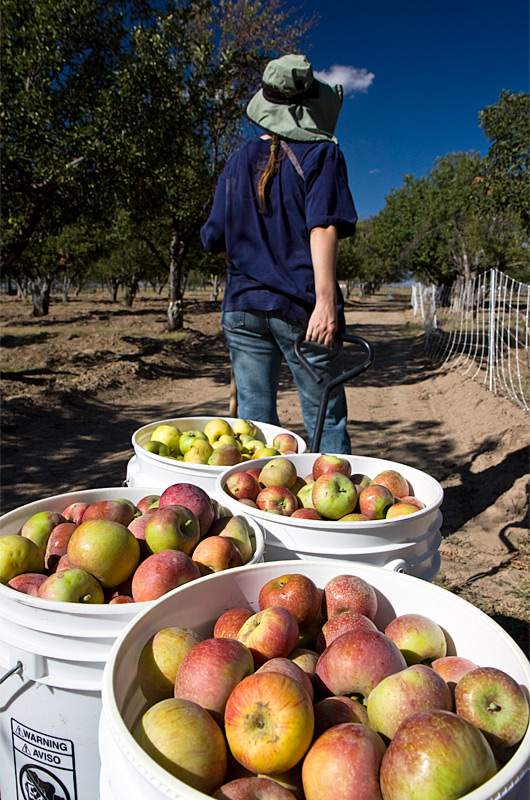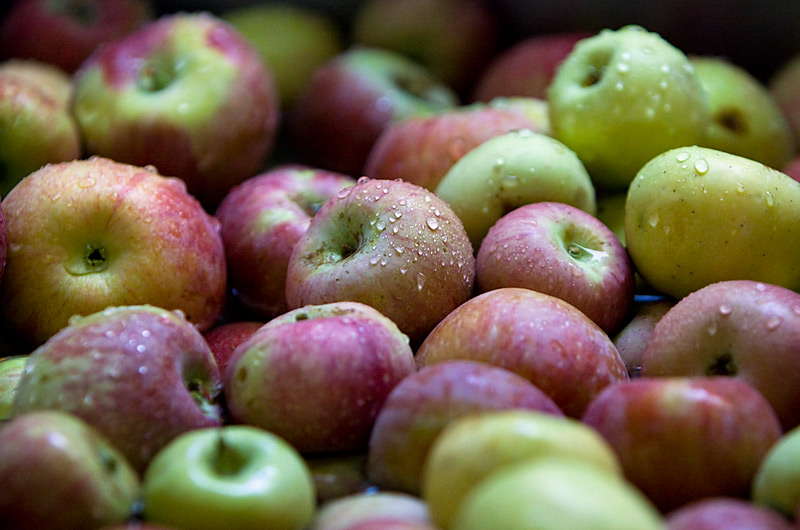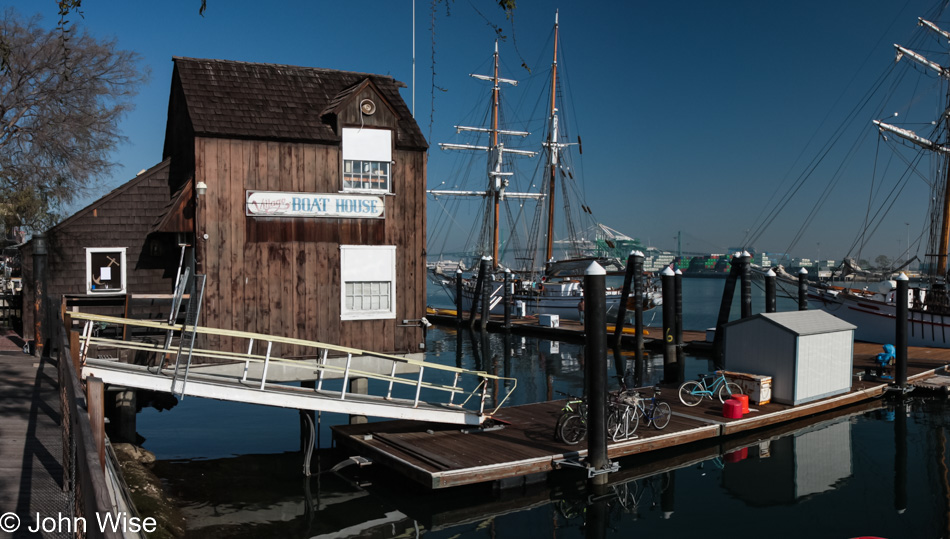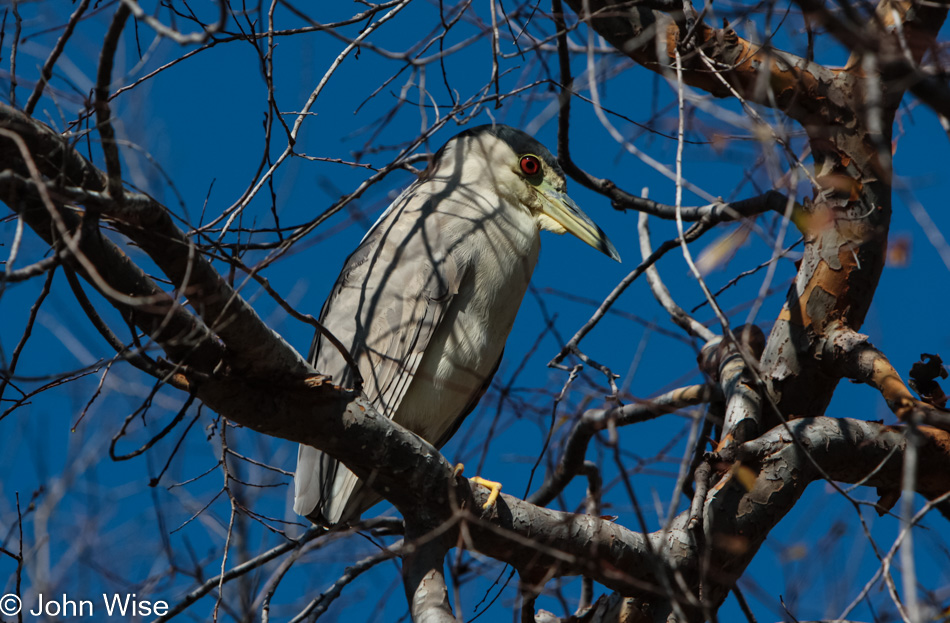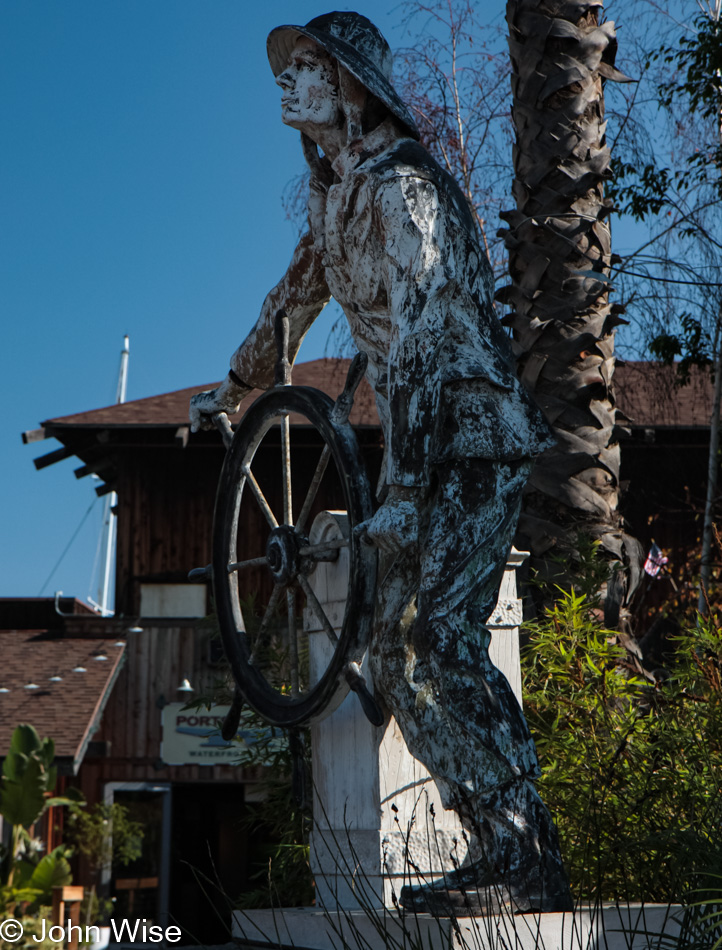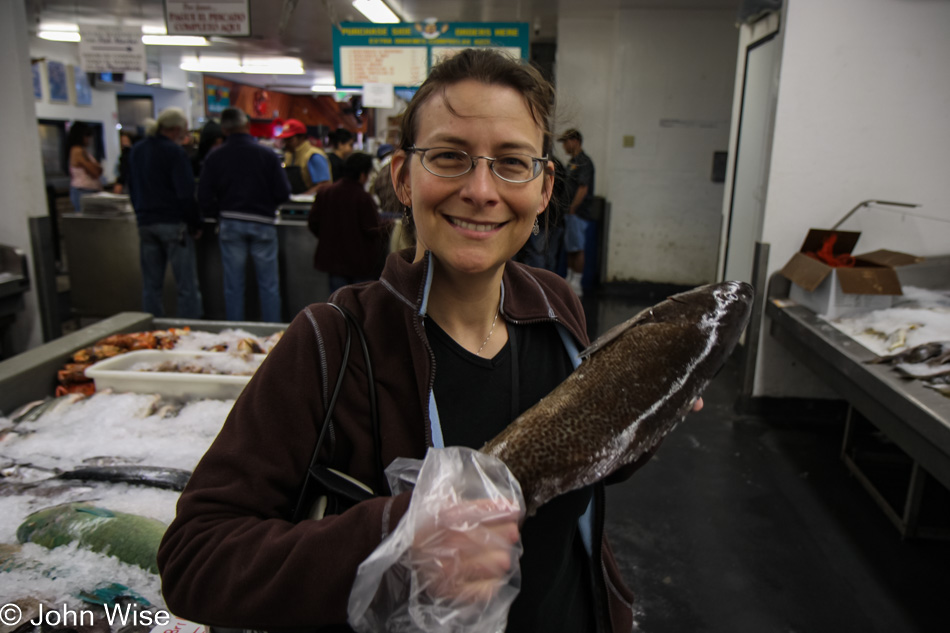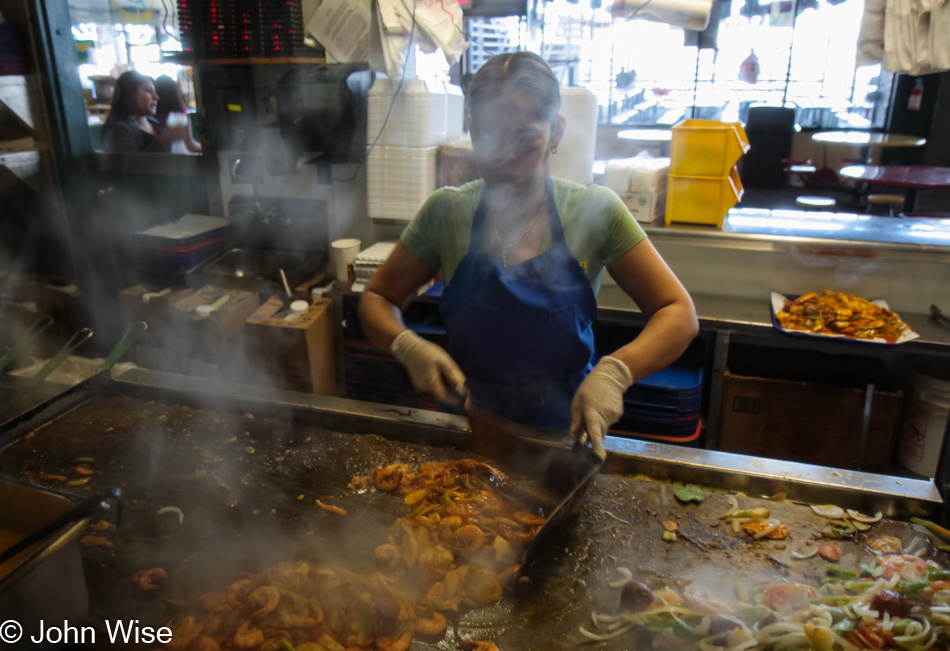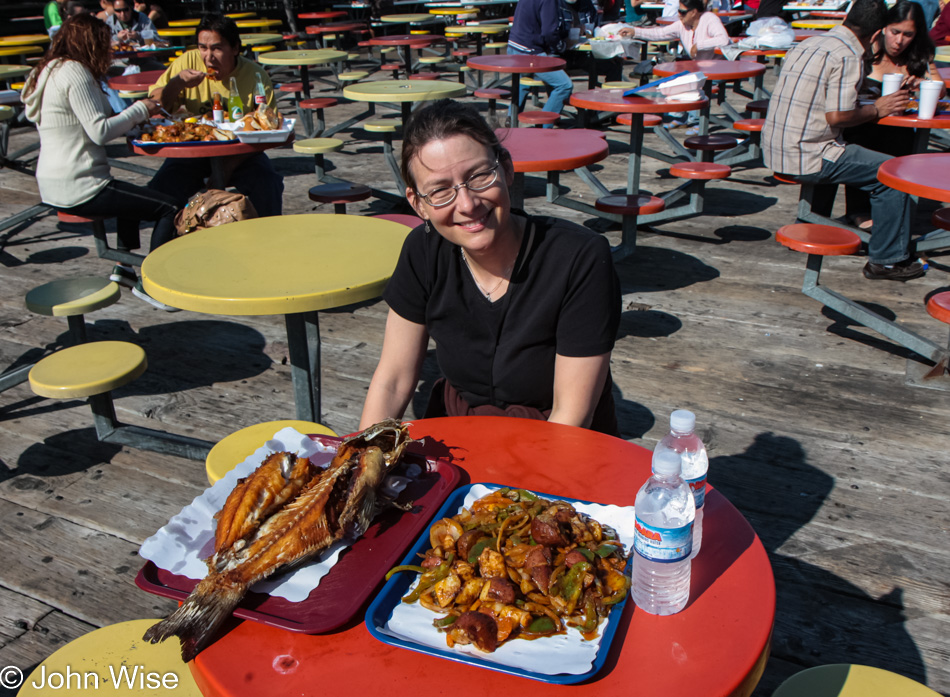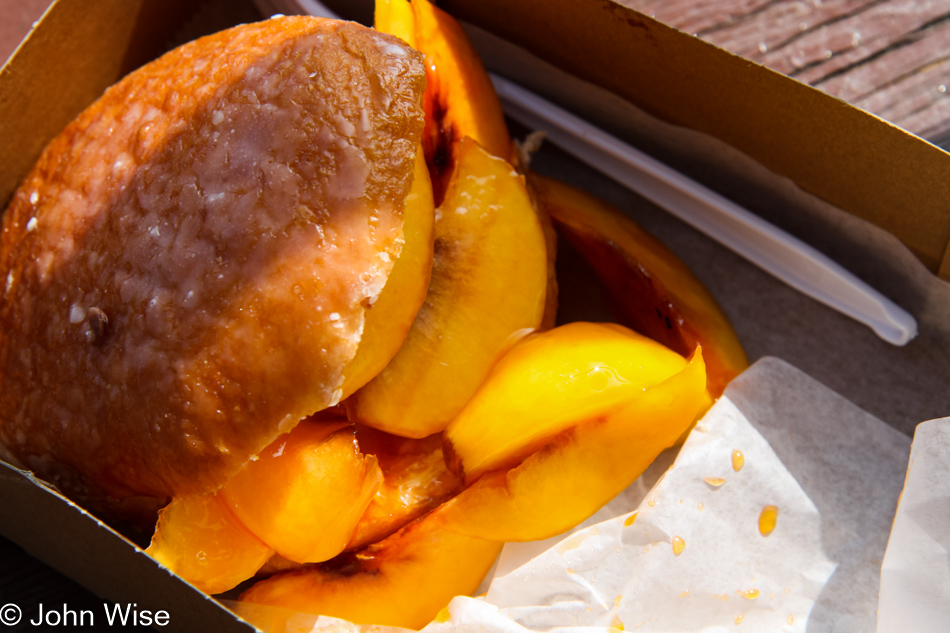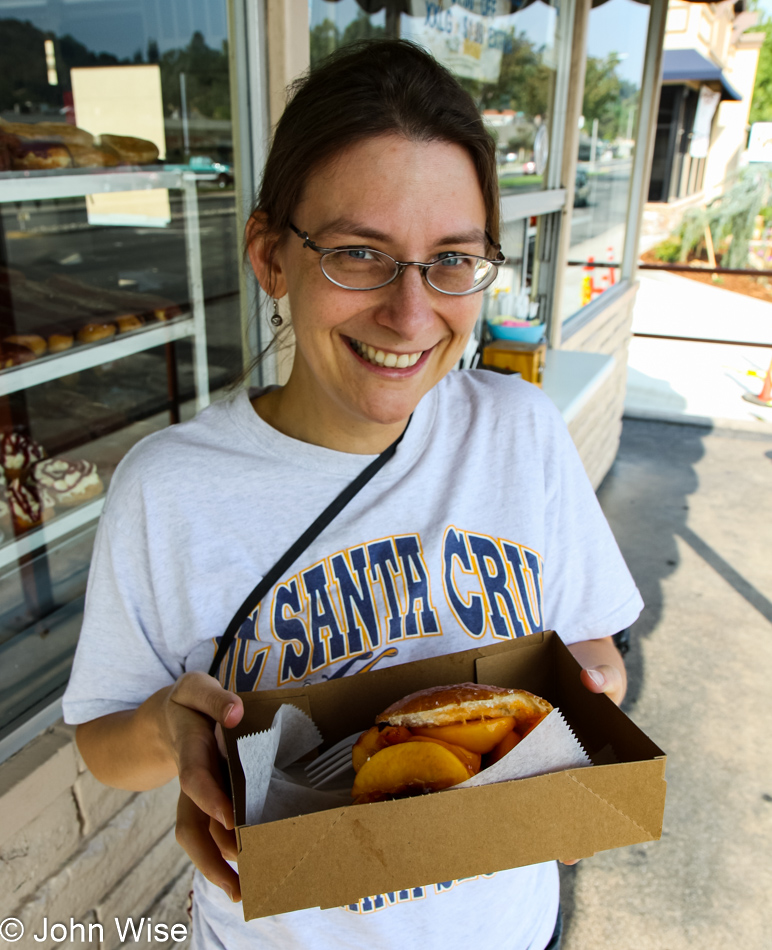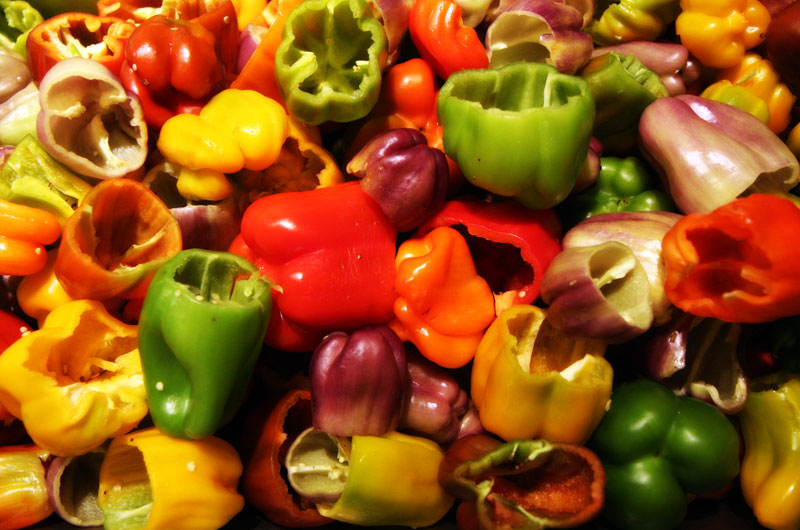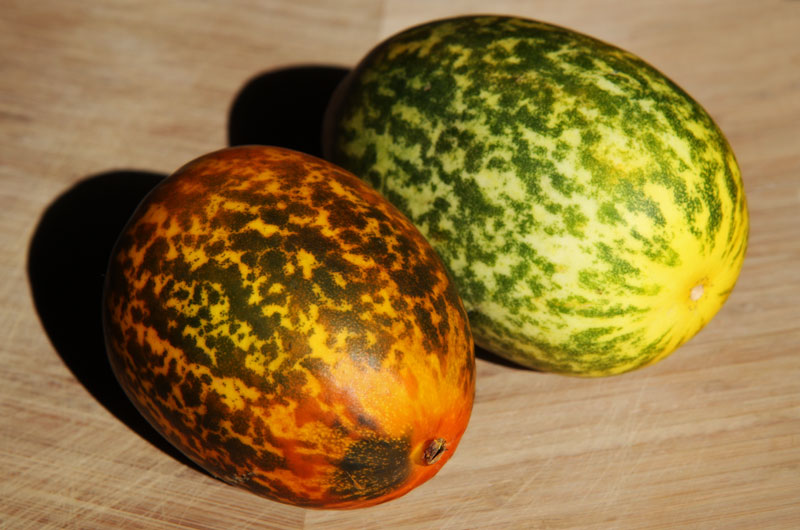
Recently we have been frequenting a Burmese restaurant in Scottsdale called Little Rangoon. In short order, we came to know the owners, Alfred and Elizabeth, and probably due to the fact we are eating at their place once or twice a week and on occasion with lunch thrown in, three times a week, we have become very familiar with Little Rangoon. So much so that we are now the recipients of tastings of Burmese food items that are not on the menu. A couple of weeks ago we tried pigs’ ear salad, tonight I will be trying some oxtail curry. Today for lunch though I had an excellent salad, a salad without a name which I was told was typical for the kind of food that a peasant or person of small means might eat on a regular basis. I enjoyed the sample so much that I just had to order a larger portion and asked if I could photograph the salad being made and jot down the recipe. Elizabeth graciously welcomed me into her kitchen and one of the cooks prepared a plate of all the ingredients that were in my Onion Chili Salad (see above). Is that all? While the list of ingredients is indeed small, even simple, the chemistry that occurs as these items are mixed is nothing less than extraordinary. Using about 1/2 cup of thinly sliced red onion, about 2 tbsp of crushed red chile (very spicy and hot), 1 tsp coarse salt, the juice of a wedge of lemon, and 1 to 2 tsp vegetable or canola oil, the mixture is turned over and mixed by hand. There is no need to let this sit, it is eaten right away with a side of steamed rice. The finished dish looks like this:
The real reason we are so in love with Little Rangoon though is not only the exotic samplings we are offered but the exquisite, complex, and flavorful foods of Burma as served up by Elizabeth and her kitchen staff. I can not choose only one favorite, I would have to be split amongst four items. First is the green tea salad followed by the ginger salad, pork belly curry, and then the falooda for dessert. The green tea salad is like nothing else I have ever had, it is sublime. Elizabeth starts with a number of ingredients imported from Burma including fermented green tea, sesame seeds, crispy garlic, crunchy yellow peas, peanuts, and smoked ground shrimp. She then adds more ingredients purchased locally including tomato, cabbage, and oil. The ginger salad is a variation on this theme with the green tea swapped for a mild fermented ginger. I have enjoyed these two dishes together for lunch or dinner – I am in love with them and feel I could easily eat them two or three times a week. The pork belly curry is quite the indulgence. Just like bluefin tuna belly (also known as Toro in sushi houses), the belly of the pig is tender and slightly fat, but the kitchen does great work trimming a lot of the fat leaving the tender and flavorful chunks of pork that are cooked with a tomato, pepper and onion curry and served on rice. Try it once and you’ll be addicted.
To top off a meal at Little Rangoon I would do backflips for the falooda. On one of our first visits, Alfred and Elizabeth shared some of their semolina cake with durian – not something they would bring out for just anyone, especially considering the smell of durian, but we loved it. However, it was the falooda that locked onto my taste buds. Falooda originates in India but is popular in the Middle East, Bangladesh, Pakistan, and of course Burma (now known as Myanmar). Sometimes it is the complexity that arises from the simple that can make a thing stand out so much further than the otherwise average ingredients would suggest and so it is with falooda. Using vanilla ice cream, milk, tapioca pearls, egg custard, thin spaghetti-like noodles made of agar jelly, and the main ingredient that brings it all together, rose syrup. They offer a small for $3 and a large for $5 – don’t be silly and order the small, go with the large or you’ll just be forced to order a second one.


